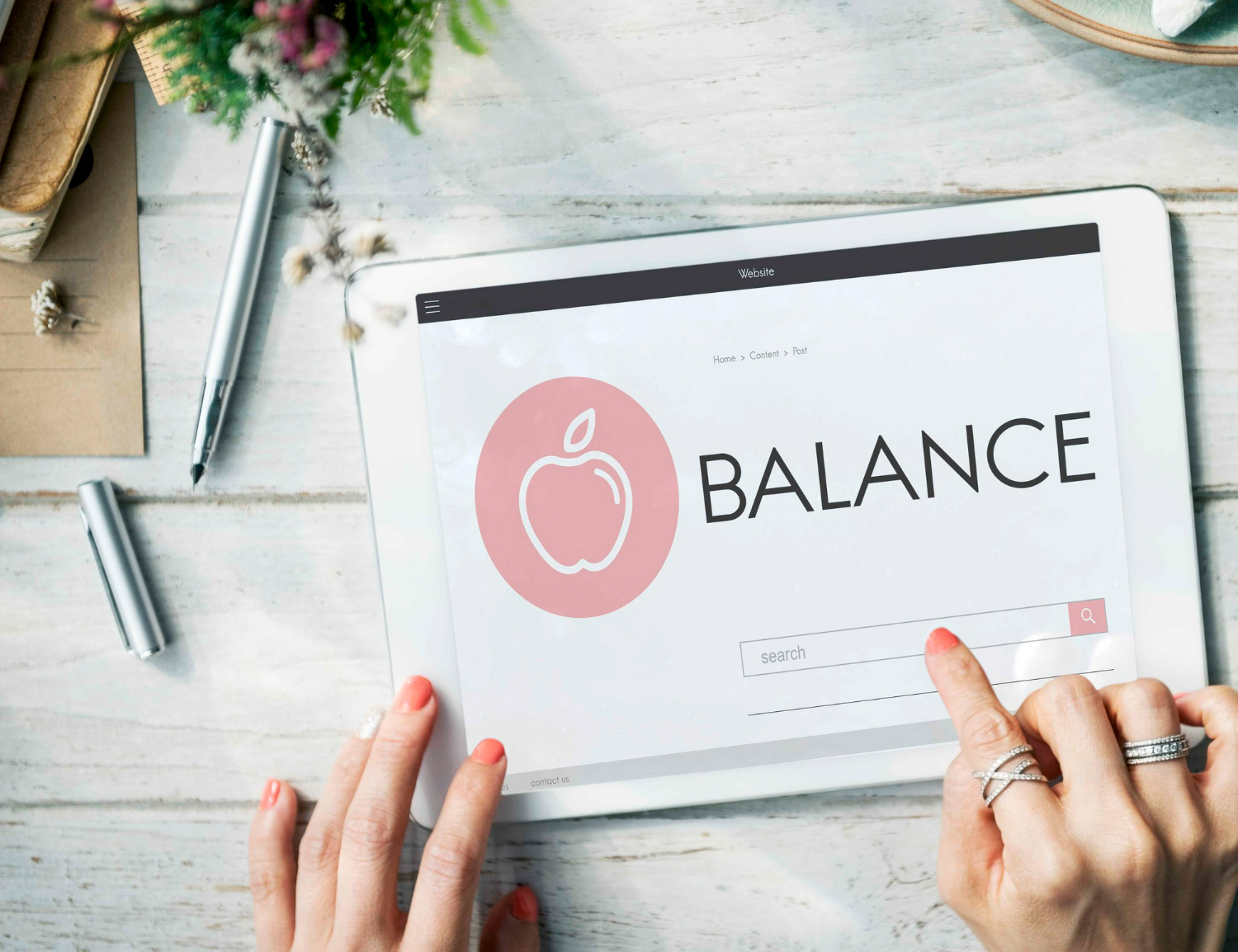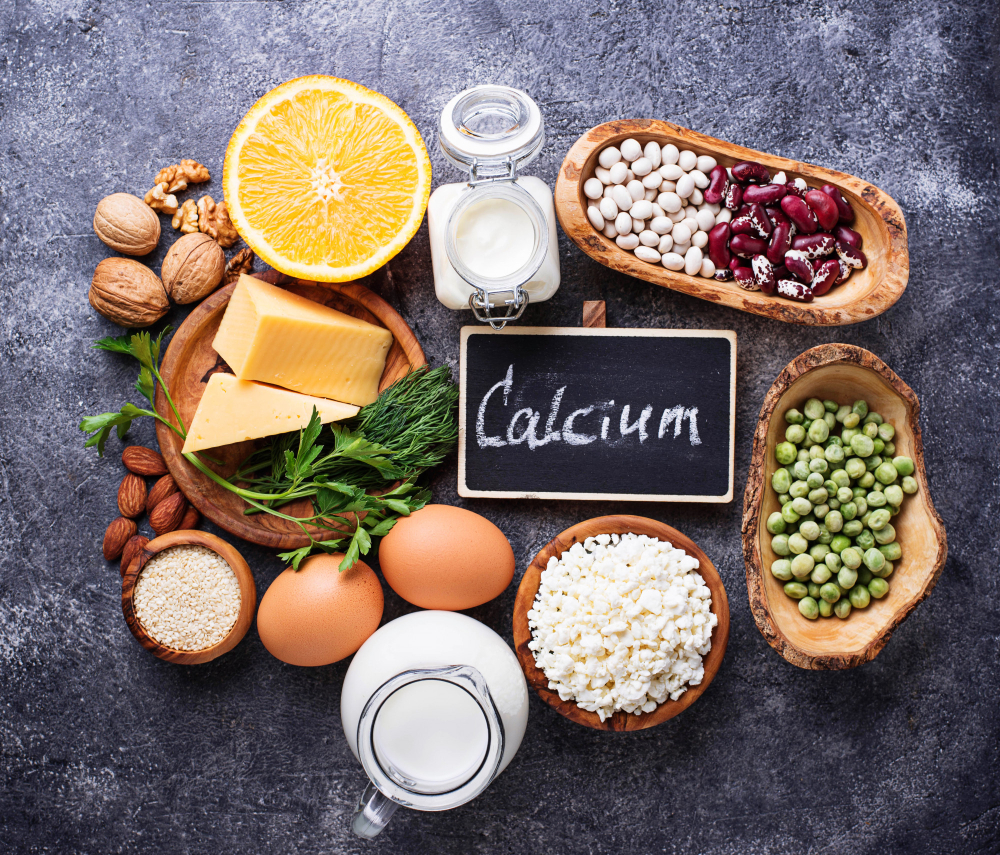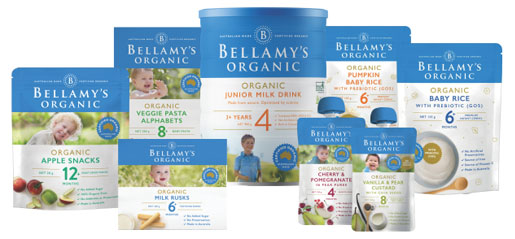Organic Trend Life
Organic consumption has been widely chosen in recent years, for its irreplaceable health benefits. Currently, organic consumption also involves different trends inside Find out more in this article of Natural Food Group!
1. Rising demand in major markets
COVID-19 triggered consumer demand in 2020, accounting for the 9.5% growth of the natural and organic industry with a value of $252 billion dollars. One major reason for the major increase in the rise in healthy lifestyle, together with shoppers’ trend of spending more time preparing meals and eating at home. If projections hold, the market is on track to hit an estimated $300 billion in 2023.
As in the past, in 2018, largest organic markets are still consolidating themselves with the United States (40.6 billion euros), Germany (10.9 billion euros), and France (9.1 billion euros). Noticeably, the rising trend of preference continues to dominate the EU, with 43% of Western European surveyed consumers saying organic is natural and therefore more healthy (Global Data, 2019).
However, a new trend is that China is gaining ground fast, due to rising consumer interest and food safety issues (8.1 billion euros).

Growth continues – US and EU the biggest single markets – China catching up (2017-2018)
2. Younger organic consumers
A key insight for the audience of the organic industry is that organic users have a very active lifestyle. They are mostly comparatively young consumers who are most likely to buy into claims like ‘organic’, for a healthier lifestyle and cleaner living. This is driven by their enthusiasm to improve their eating habits and also the influence from increasing media coverage on food trends and healthy eating – including bloggers on social media such as Instagram.
Today only 25% of Millennials are parents, this will increase to 80% in the next 10-15 years. Over the next 10 years, a surge in new ‘organic’ eaters and consumers is predicted to appear, consisting of the Millennial parents of tomorrow, (those influenced from the trend of organic/healthy living advocacy of today), and their children.
According to Mintel (2019), Millennials (aged 25-34) and Gen Zs (aged 16-24) in France, Germany, Italy, Spain, and Poland, are not only the most likely to buy organic food and drink, they are also willing to pay more for these products.
3. Diversified distribution channels
In the past, strong organic market growth mostly took place in countries with strong involvement of general retails to distribute organic food (e.g., Austria, Denmark, Sweden, Switzerland, and the United Kingdom). France and Italy, however, are good examples of countries whose specialized retailers account for major growth. France stands out as the only country to enjoy equal growth in all marketing channels.
In Germany, supermarkets are the driving force now, with specialised retailers struggling more competition. If in 2014 33% of all organic products were sold in organic food shops, this number decreased to 27% 4 years later. Whereas, general retailers now account for almost 60% of organic food purchase.

Shares of market channels of organic food distribution in major markets of EU (2018)
Another key trend is the surge in eCommerce preference which is expected to surpass 50% in growth worldwide in 2020. The sales of organic food is without doubt, not a reception.
Reference:
- Organic market worldwide: observed trends in the last few years: Organic market worldwide: observed trends in the last few years (bioecoactual.com)
- ‘Organic’: a booming trend: ‘Organic’: a booming trend | Barry Callebaut (barry-callebaut.com)
- 2020’s Top Trends in Natural and Organic: 2020’s Top Trends in Natural and Organic – SPINS
Featured post
-
05 Diet Plans That Are Good For Your Health
31/07/2022
-
Best Times to Sleep for Adults & Children
01/06/2022








